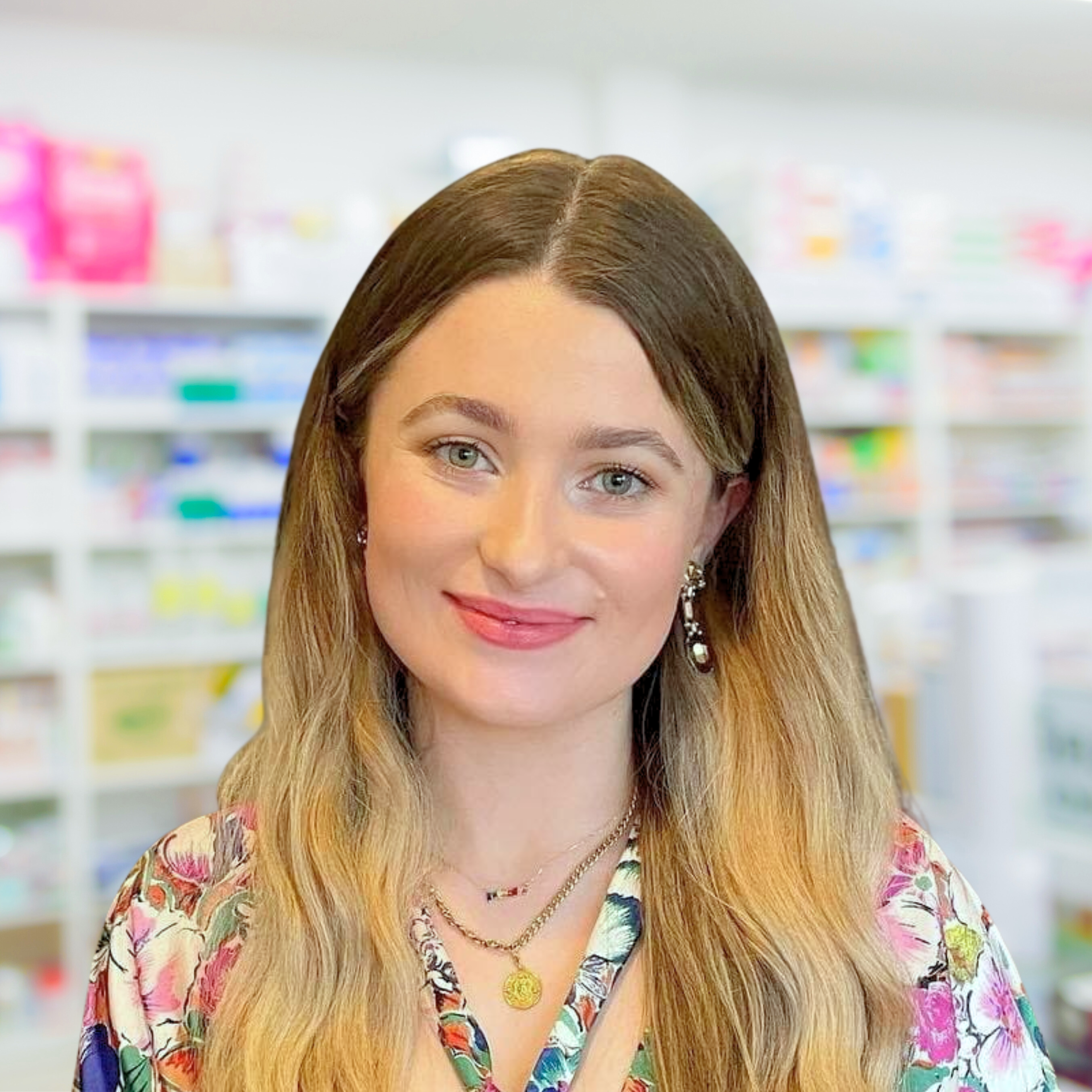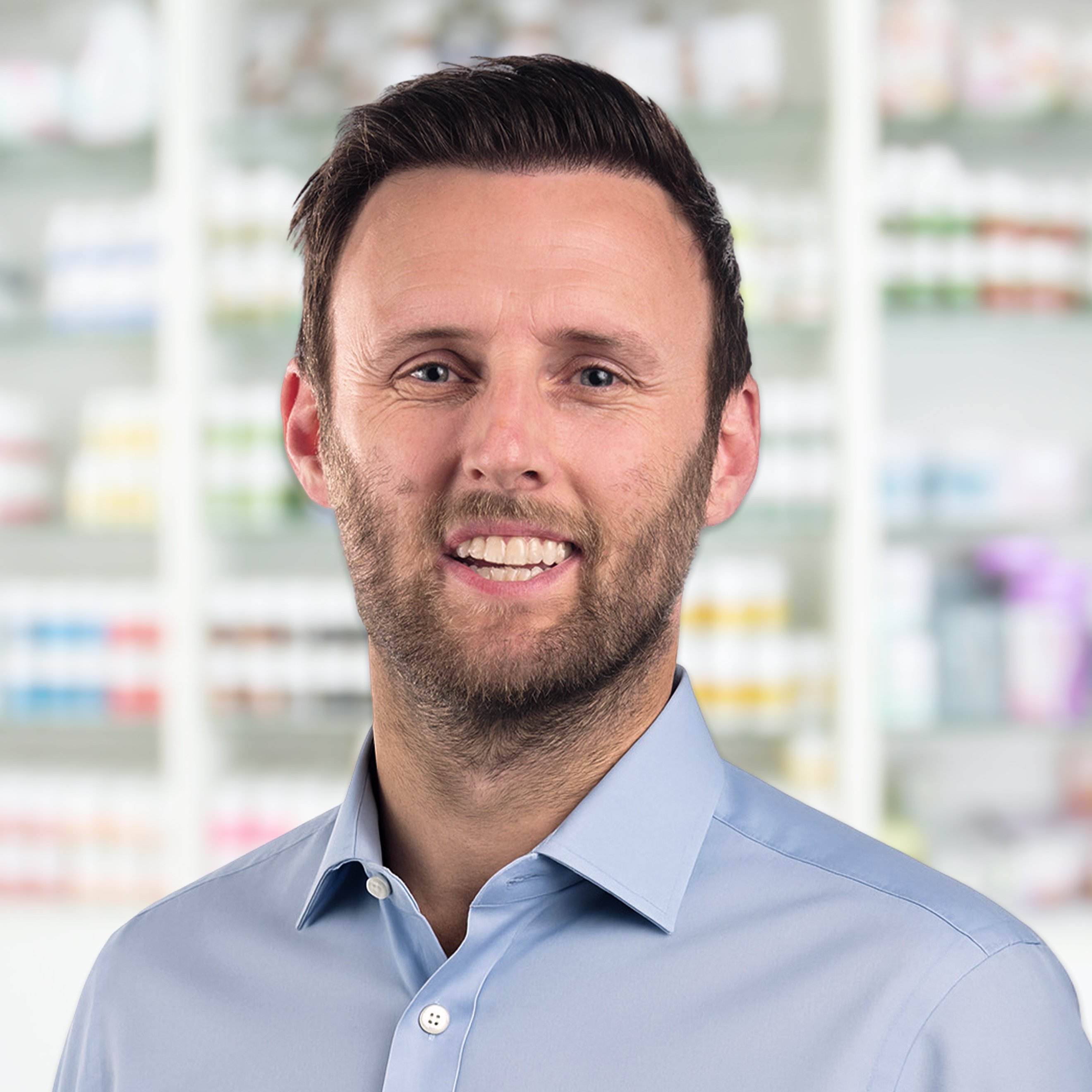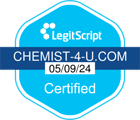Sunburn - Symptoms, Severity & Treatment

Sunburn happens when your skin gets damaged from being exposed to the sun for too long.
When you spend time in the sun, your skin is exposed to ultraviolet (UV) rays, which can be harmful.
When you get sunburned, it means that the outer layer of your skin has been injured. The severity of sunburn can vary from mild to severe, depending on factors like the intensity of the sun, your skin type and how long you were exposed to the sun.
The most common signs of sunburn include redness of the skin, pain or tenderness, the skin feeling warm to the touch, and sometimes swelling and blistering.
To treat sunburn, you can start by getting out of the sun and finding a cool and shaded area. Applying a cold compress, taking a cool bath or applying after sun can help soothe the burned skin. It's also important to stay hydrated by drinking plenty of water.
Prevention is the key to avoiding sunburn. You can protect yourself by wearing protective clothing, such as hats, long sleeves and sunglasses. Using a broad-spectrum sunscreen with a high SPF (sun protection factor) and regularly reapplying it can also help shield your skin from harmful UV rays.
Symptoms
Sunburn symptoms typically appear a few hours after sun exposure and can worsen over the next day or two.
The most common signs of sunburn include redness of the skin, which may be accompanied by warmth and tenderness. The affected area may feel painful and sensitive to touch.
In some cases, sunburn can also lead to swelling and blistering. Additionally, sunburned skin may feel itchy and begin to peel as it heals.
Complications
Sunburn can lead to complications that can affect your skin health in the long term.
One major complication is an increased risk of developing skin cancer, which is why protecting your skin from the sun is so important.
Sunburn also speeds up the ageing process of your skin, causing wrinkles, fine lines and age spots to appear earlier than they normally would. Severe cases of sunburn can cause blistering, infection and even heatstroke in extreme situations.
Stages of severity
Mild sunburn
This stage involves redness and a warm feeling on the skin. It may be slightly painful or itchy, but the damage is mostly on the surface. Typically, mild sunburn should begin to clear in a few days to a week.
Moderate sunburn
In this stage, the redness, pain and swelling are more noticeable. Blisters may appear, indicating deeper damage to the skin. The affected area is tender and sensitive.
Moderate sunburn can take longer to heal compared to mild sunburn. It may take around one to two weeks for it to clear.
Severe sunburn
Severe sunburn means the skin has suffered extensive damage. The affected area may look intensely red, swollen and have many blisters.
This can be very painful and may show signs of inflammation. In some cases, additional symptoms like fever, chills or nausea may occur.
Severe sunburn can take the longest time to heal compared to mild or moderate sunburn. The exact duration can vary depending on the individual and the extent of the burn.
The difference between sunburn and heatstroke
Sunburn occurs when the skin gets damaged from too much sun exposure, resulting in red, painful skin. It's primarily a skin-related condition caused by UV rays.
Heatstroke, on the other hand, is a serious condition that affects the entire body. It happens when the body overheats due to high temperatures or intense physical activity.
Heatstroke is a medical emergency with symptoms like high body temperature, dizziness and confusion.
While sunburn is caused by the sun's rays, heatstroke is caused by the body's inability to regulate its temperature. Protecting the skin from the sun helps prevent sunburn, while staying hydrated and seeking shade can help prevent heatstroke during hot weather.
Causes
Sunburn is caused by exposure to ultraviolet rays from the sun.
These rays can damage the skin and lead to sunburn. There are two types of UV rays that are particularly significant in sun damage: UVA and UVB rays.
UVA rays are present throughout the day, even on cloudy days, and can penetrate deep into the skin. They are responsible for long-term skin damage, such as premature ageing, wrinkles and loss of elasticity.
They can even pass through glass, which means you can be exposed to them indoors as well.
UVB rays are the primary cause of sunburn. They are stronger than UVA rays and can damage the superficial layers of the skin.
They’re more intense during midday and summer months. Over time, they play a significant role in the development of skin cancer. Both UVA and UVB rays can harm the skin, so it's crucial to protect yourself from both.
Diagnosis
Diagnosing sunburn can be done simply by looking at the symptoms and whether prolonged sun exposure is involved.
You should examine the skin, which should appear red, swollen, warm or painful to the touch, and potentially leaving blisters. However, this is usually a sign of more severe sunburn.
When to book in to see your GP/call 111/an emergency doctor
If you have been out in the sun and experience the following, it’s important to seek medical attention urgently by requesting an immediate GP appointment or contacting NHS 111:
- Your skin is blistered or swollen.
- You have a high temperature or feel extremely hot and shivery.
- You feel excessively tired, dizzy and nauseous.
- You have a headache and muscle cramps.
- If your baby or young child has sunburn.
Severe sunburn can lead to heat exhaustion and heatstroke, which are serious conditions. For assistance, you can call 111 or access help through the NHS 111 online service.
Treatment
Sunburn treatments include using after sun products, cooling the skin with showers or cool compresses, managing pain with over-the-counter medications and trying home remedies like aloe vera.
Remember, in addition to the treatments listed below, it's crucial to keep the affected areas moisturised, drink plenty of water to stay hydrated and avoid further sun exposure until the sunburn has healed.
After sun
After sun products, such as lotions or gels specifically designed for sunburn, can help soothe and moisturise the skin.
These products often contain ingredients like aloe vera, which can provide a cooling effect. Applying after sun to the affected areas can help relieve discomfort, promote healing and reduce the itchiness of peeling skin.
Cooling the skin
You can take cool showers or baths to gently lower the skin's temperature, or even apply cool, damp compresses to the sunburn in order to reduce inflammation and soothe the skin.
Pain relief
Over-the-counter pain relievers, such as ibuprofen, can help ease sunburn by reducing inflammation and relieving pain associated with the sunburned skin.
It’s a nonsteroidal anti-inflammatory drug (NSAID) that can help reduce redness, swelling and discomfort caused by the skin’s inflammatory response.
Always follow the recommended dosage instructions and consult with a healthcare professional if you have any concerns or underlying health conditions.
Home remedies
Several home remedies can provide relief for sunburn. Applying pure aloe vera gel directly from the plant or using over-the-counter aloe vera products can soothe the skin.
Natural remedies like cold milk compresses, cucumber slices or plain yoghurt applied to the skin can also help cool and hydrate the affected areas.
However, it's important to note that home remedies may vary in effectiveness, and it's always best to consult with a healthcare professional for proper advice and guidance.
Prevention
To prevent sunburn, it's important to take a few simple steps. First, apply sunscreen with a high SPF on all exposed skin, and remember to reapply it regularly, especially when you're swimming or sweating.
Seek shade during the peak hours of 10 am to 4 pm and wear protective clothing like long sleeves, pants and hats to cover your skin. Don't forget to wear sunglasses that block both UVA and UVB rays to protect your eyes.
Be cautious around water and snow as they reflect sunlight, increasing your risk of sunburn.
Lastly, check the labels of any medications you're taking as some can make your skin more sensitive to the sun. By following these preventive measures, you can significantly reduce your chances of getting sunburned and keep your skin healthy.





